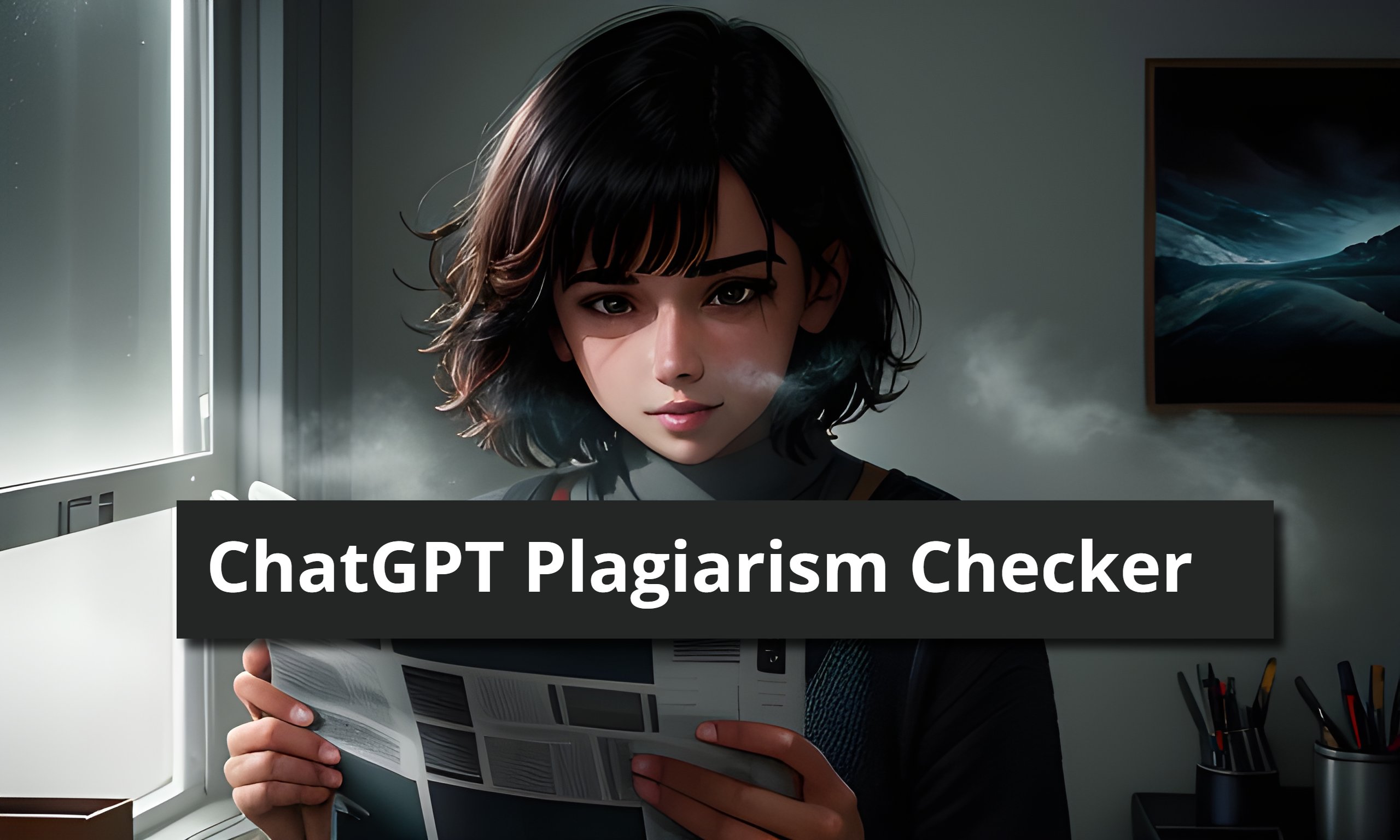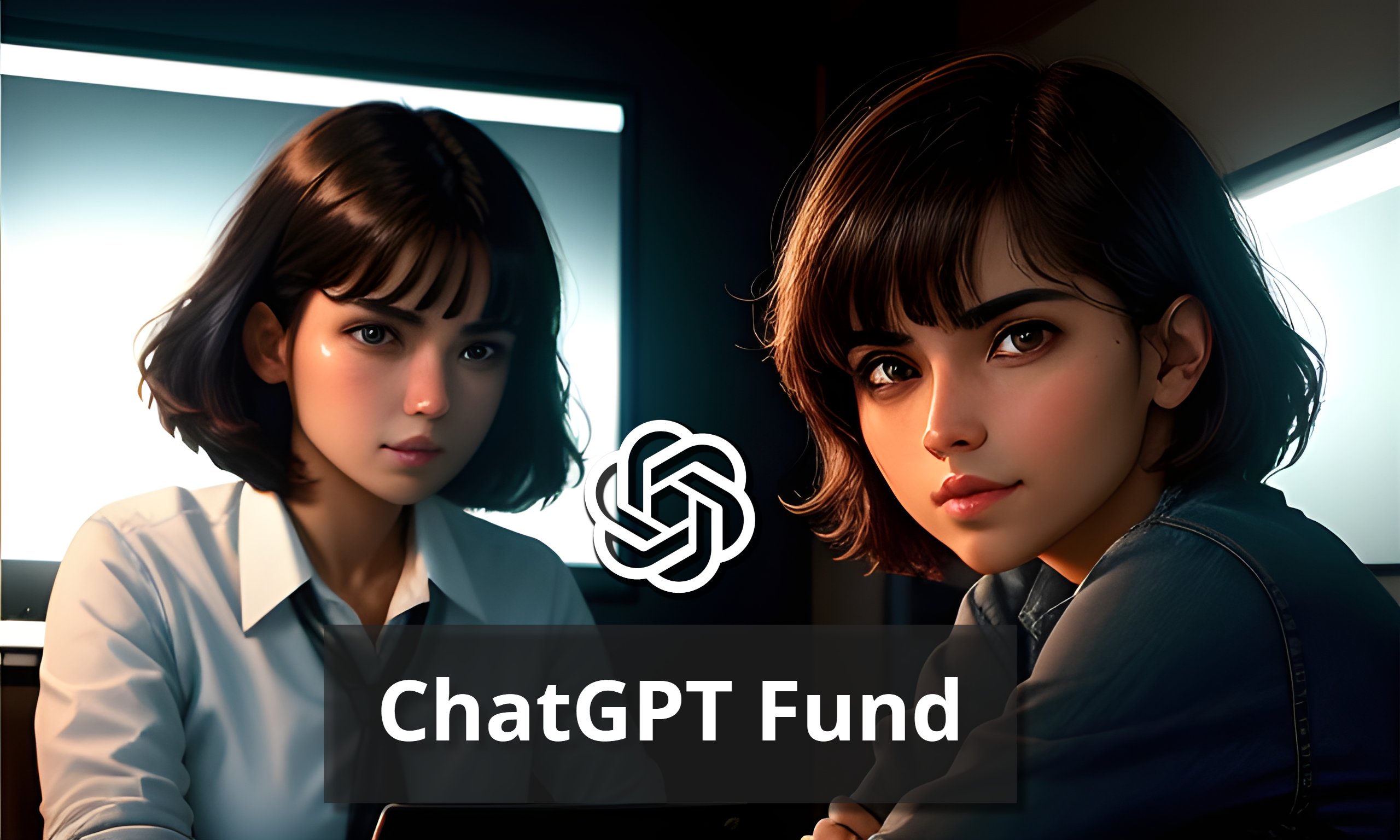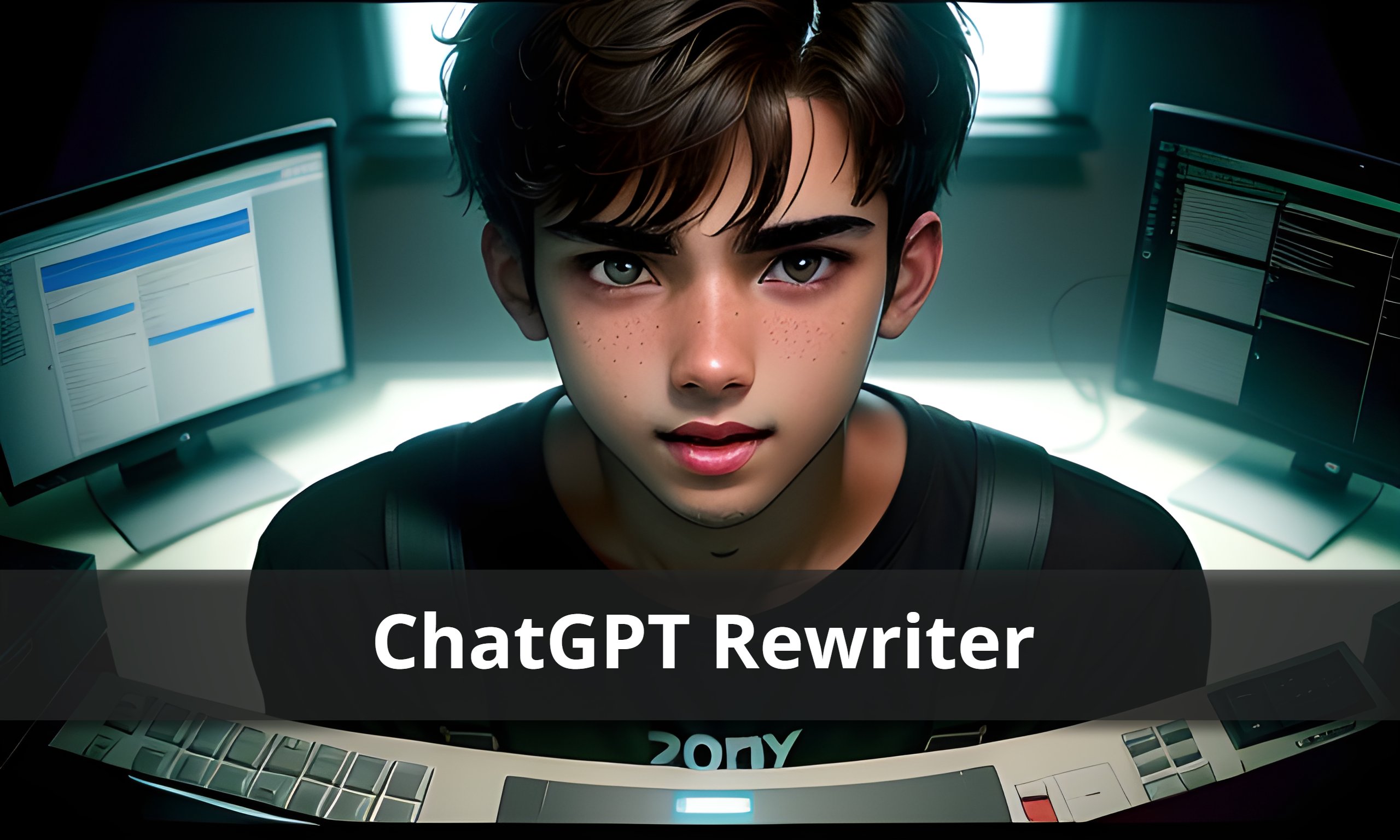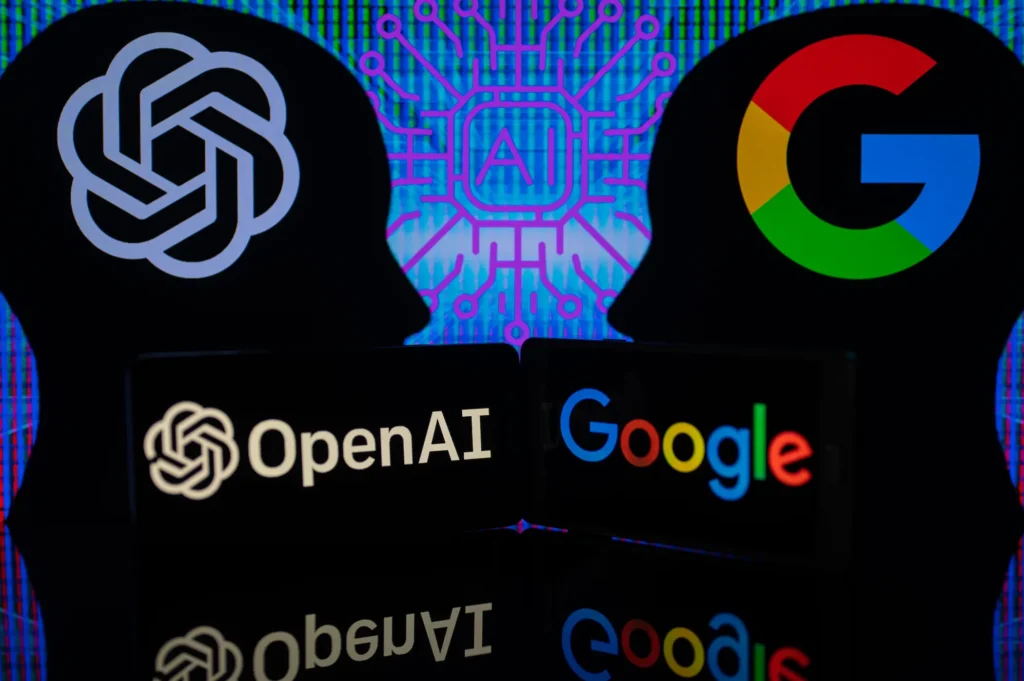
As artificial intelligence and machine learning continue to evolve at a rapid pace, chatbots are becoming increasingly common in our daily lives. Two prominent conversational AI tools, Google Bard and ChatGPT-4 (GPT4), have garnered attention for their natural language processing capabilities and versatile applications. In this article, we will conduct a head-to-head comparison of these two chatbot tools, evaluating them based on parameters such as human-like response, training datasets, authenticity of response, access to the internet, user-friendliness and interface, text processing capabilities, charges and price.
Human-Like Response
The ability of a chatbot to provide responses that resemble those of a real human is crucial for its success. When it comes to human-like responses, Google Bard surpasses ChatGPT-4 in terms of mimicking natural language and engaging in open-ended conversations. Bard has been specifically designed to understand the intent behind user questions and provide nuanced responses, making it adept at navigating complex conversations.
Training Dataset and Underlying Technology
Both ChatGPT-4 and Google Bard utilize transformer architecture, a neural network model that processes sequential input. However, their training datasets differ significantly. ChatGPT-4 was trained on a vast collection of text from various sources on the internet, including books, articles, and documents. On the other hand, Bard’s training focused on Infiniset, a dataset specifically designed for conversations and dialogue. As a result, Bard excels in having natural and open-ended conversations with humans.
Authenticity of Response
The authenticity of a chatbot’s responses is crucial for building trust with users. While Google claims that Bard’s responses are ultra-authentic and closely resemble human speech, our evaluation revealed that some of Bard’s responses were less than authentic. For instance, it provided misleading information regarding the release of a tool called BlenderBot 4.0 and listed a significant amount of fake news. This indicates that Bard still faces challenges in terms of authenticity and hallucination.
Access to the Internet
One significant difference between ChatGPT-4 and Google Bard lies in their access to the internet. Bard can provide real-time responses by drawing information from the internet, ensuring access to the most up-to-date answers and latest research. In contrast, ChatGPT-4 relies on a dataset that only goes up until late 2021, which means it may struggle to provide current information.
User Friendliness and Interface
User-friendliness and a well-designed interface are essential for enhancing the accessibility of a chatbot. In this regard, Bard has an advantage over ChatGPT-4. Bard’s interface offers a cleaner and more organized look, with formatted text that is easy to scan. Additionally, Bard allows users to edit their questions after asking them and provides the ability to upvote or downvote responses. The interface also offers related search suggestions, which users can tap to explore further
Text Processing: Summarization, Paragraph Writing, Etc
ChatGPT-4 and Google Bard demonstrate different strengths when it comes to text processing tasks. ChatGPT-4 proves to be more proficient in tasks like summarization and paragraph writing, where accuracy and comprehensiveness are crucial. Its ability to process and generate textual content makes it a valuable tool for those working with natural language processing (NLP). On the other hand, while Bard may not excel in these specific text processing tasks, it compensates with its conversational AI capabilities and the ability to engage in dynamic and open-ended conversations.
Charges and Price
It’s important to consider the financial aspect when choosing between chatbot tools. ChatGPT-4 is well-known for generating human-grade responses, but access to it comes at a cost. Users typically have a limited number of questions they can ask each day, and subscription plans are available for broader access. On the contrary, Google Bard is freely accessible to all users without any charges or restrictions.
Conclusion
In conclusion, both Google Bard and ChatGPT-4 are powerful conversational AI tools, each with its own strengths and weaknesses. Bard excels in terms of human-like responses, user-friendliness of the interface, and real-time access to the internet for up-to-date information. However, it falls short in terms of authenticity and hallucination in certain responses. On the other hand, ChatGPT-4 performs well in text processing tasks such as summarization and paragraph writing, but it may struggle to provide real-time information and has limited access. When selecting between these tools, it’s crucial to consider the specific use case and requirements.
Is Bard better than ChatGPT-4 in mimicking human-like responses?
While both Bard and ChatGPT-4 can generate human-like responses, Bard is known for its natural language capabilities and open-ended conversations, giving it an edge in this aspect.
Can ChatGPT-4 provide up-to-date information?
ChatGPT-4’s access to information is limited to its training dataset, which may not include the latest updates. On the other hand, Bard can provide real-time information by drawing from the internet.
Is Bard completely free to use?
Yes, Bard is freely accessible to all users without any charges or subscription plans.
Which tool is better for text processing tasks?
ChatGPT-4 is more suitable for text processing tasks like summarization and paragraph writing, where accuracy and comprehensiveness are crucial.
How do I choose between Bard and ChatGPT-4?
The choice between Bard and ChatGPT-4 depends on your specific needs and requirements. Consider factors such as the desired level of human-like response, real-time information access, text processing capabilities, and cost when making your decision.
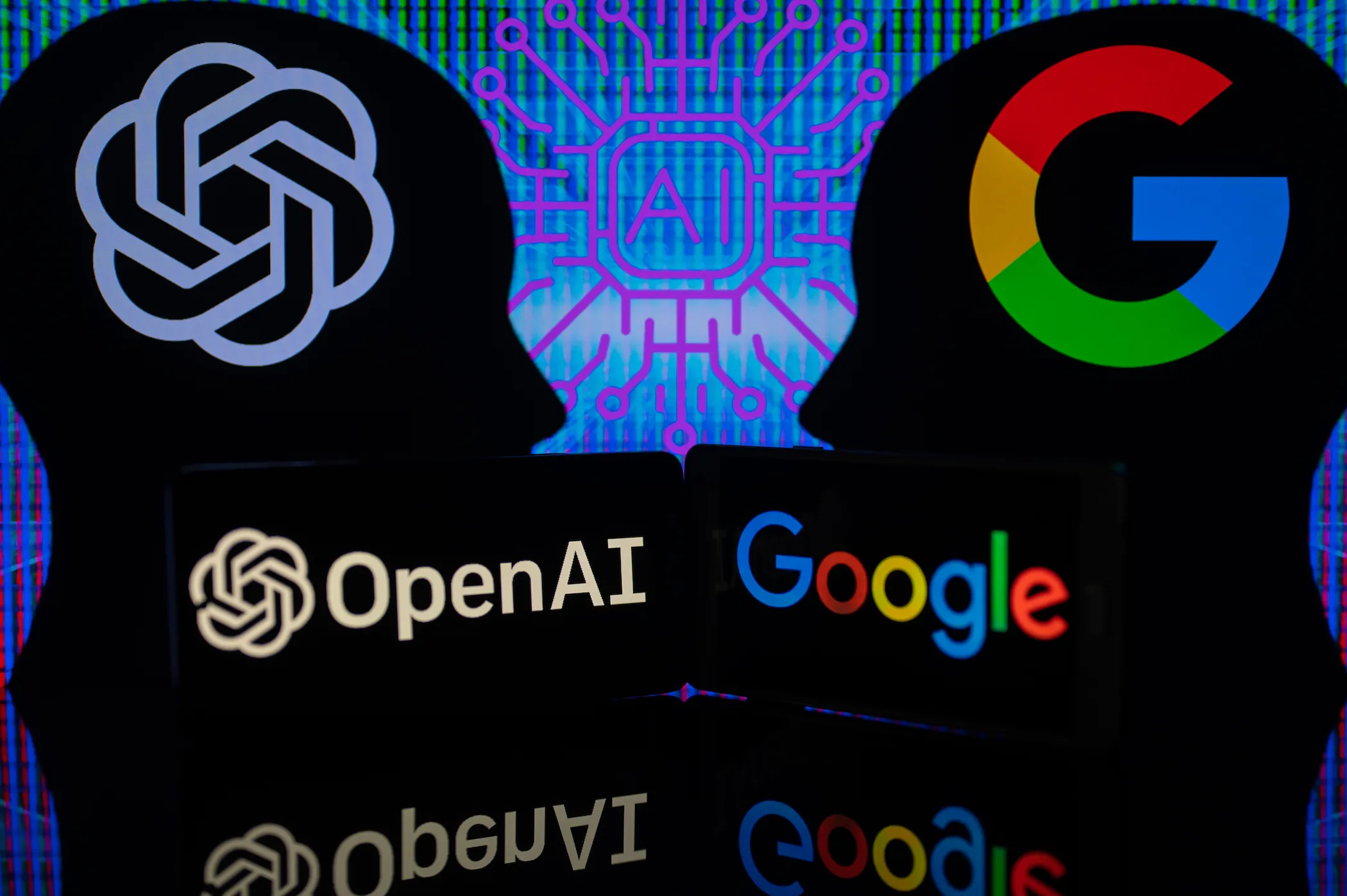
![ChatGPT Plagiarism Checker: Unveiling the Best Tools & Methods [June 2023]](https://thegptime.com/wp-content/uploads/2023/06/ChatGPT-Plagiarism-Checker-210x150.jpg)
![ChatGPT Fund: AI-Powered Investing [June 2023]](https://thegptime.com/wp-content/uploads/2023/06/ChatGPT-Fund-210x150.jpg)

